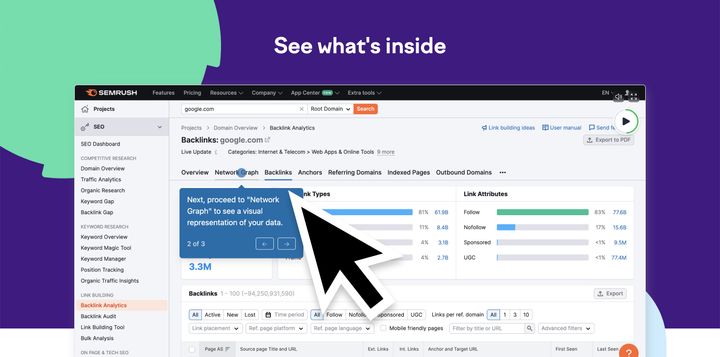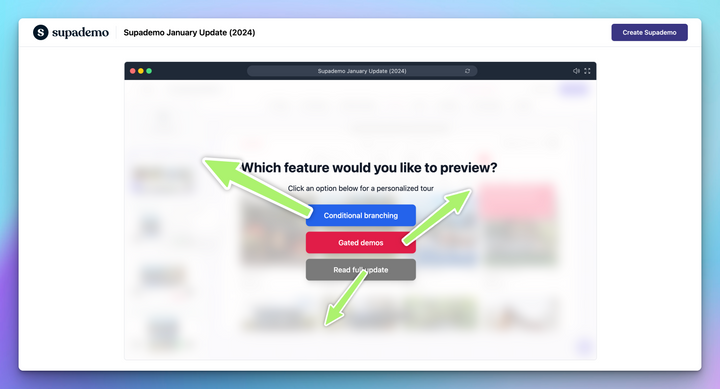In the world of sales, there are various methodologies and strategies that salespeople employ to close deals successfully. One such approach is solution selling, which has gained popularity since its inception in the 1980s. This sales methodology focuses on understanding the prospect's needs and recommending specific products or services that address those needs. In this article, we will explore the concept of solution selling, its benefits and disadvantages, the process involved, and some helpful resources for implementing this strategy effectively.
What is Solution Selling?
Solution selling is a sales methodology that involves taking a holistic approach to understanding a prospect's needs. Rather than simply pushing products or services, solution selling aims to diagnose the prospect's individual problems and concerns. By gaining a deep understanding of the prospect's industry, challenges, and goals, salespeople can recommend tailored solutions that meet their specific needs. This approach requires critical thinking and empathy, as the salesperson must go beyond surface-level selling and truly understand the prospect's circumstances.
When is Solution Selling Used?
Solution selling is particularly effective in industries where products or packages can be highly customized. For example, companies offering cloud storage platforms along with maintenance, security services, and cloud compliance measures often create unique bundles for each customer. The salesperson must gather information about the prospect's data storage requirements, device accessibility, additional features needed, and more. By understanding these specific needs, the salesperson can recommend a solution that aligns with the customer's requirements.
Selling Solutions, Not Products
In solution selling, the focus is not solely on the product's features and specifications. Instead, the emphasis is on the "why" behind the prospect's need for the solution. Rather than selling the assessment itself, for example, a cybersecurity consulting firm would highlight the specific risks relevant to the prospect's industry and stress how the assessment can address those risks. By painting a picture of how the company can improve its cybersecurity infrastructure and protect its operations, the salesperson demonstrates the value of the solution.
Benefits and Disadvantages of Solution Selling
Like any sales methodology, solution selling has its advantages and disadvantages. One significant benefit of solution selling is its tailored approach. Rather than trying to fit the prospect to the product, solution selling focuses on understanding the prospect's needs and recommending features within the product or service that will benefit them most. This approach makes customers feel understood and provides answers to their broader business issues.
However, there are a few disadvantages to consider. Solution selling often relies on a question-and-answer format, which can make the conversation feel stale and inflexible. Sales reps may become overly reliant on their set of questions, making the prospect feel interrogated rather than engaged in a natural conversation. Additionally, some argue that solution selling may be less valuable in today's digital age, as prospects can easily access information online and may already know what solutions they need.
Getting Started with Solution Selling
If you decide that solution selling is the right strategy for your team, here's a three-step plan to get started:
Identify common pain points: Analyze your won deals and ask your customers about the factors that influenced their decision to work with you. Understanding the problems that your product solves for buyers is crucial for effective targeting and presenting your solution.
Develop your questions: Once you have identified the most pressing problems your product solves, develop a set of questions that will help you diagnose prospects' needs. This will ensure that your sales conversations focus on the buyer and their company, rather than solely on your product's features.
Practice selling value: Solution selling is effective because it focuses on the return on investment (ROI) that your product provides. Whether you are a sales manager or an individual salesperson, make sure you understand and can demonstrate the value that your product brings to the customer. Highlight how your product makes their life easier, saves them time or money, and improves their overall success.
The Solution Selling Process: 6 Essential Steps
The solution selling process typically consists of six essential steps:
- Prospect: Look for prospects who have a problem that your product can solve.
- Qualify: Understand the decision-making unit (DMU) within the prospect's organization.
- Discover: Diagnose the buyer's needs and propose solutions within your product or service.
- Add value: Develop a customer champion and gain access to key decision-makers.
- Present: Offer a customized solution and demonstrate its return on investment (ROI).
- Close: Come to a mutually beneficial agreement with the prospect.
By following this sales process, salespeople can effectively engage with prospects, understand their needs, and present tailored solutions that meet those needs.
Solution Selling Questions
To accurately diagnose a prospect's pain points, asking the right questions is crucial. During the discovery call, which is typically the stage where this happens, there are three main objectives:
- Identify the causes: Determine the factors that contribute to the buyer's pain and rank them in terms of importance and impact.
- Calculate the magnitude: Understand how the pain affects the prospect, their team, other departments, and the entire company. Additionally, determine the number of people who will benefit from solving the problem.
- Get buy-in: Gauge the prospect's interest in your product and whether they are excited about the solution you can provide.
To help you get started, here are some sample questions for each objective:
Identify the causes:
- How has the problem reached its current state?
- How significant is a particular factor in contributing to the problem?
- Have you considered the impact of a factor that you may not have previously considered?
Calculate the magnitude:
- How has this problem affected your daily or weekly workload and focus?
- How has it impacted your coworkers, boss, or direct reports?
- What does your job title think about this problem?
Get buy-in:
- In a world where the problem doesn't exist, what would be different about your results, priorities, or the company's success?
- We can solve the problem with our solution. What are your thoughts on this?
Solution Selling Books: 3 Helpful Resources
If you want to dive deeper into solution selling, here are three highly recommended books that will provide valuable insights and guidance:
"Solution Selling: Creating Buyers in Difficult Selling Markets" by Michael Bosworth: Published in 1995, this book offers a comprehensive blueprint for selling products or services when traditional sales techniques are not effective. It provides use cases, solutions to common roadblocks, and principles that still apply today.
"The New Solution Selling" by Keith M. Eades: This book builds upon the concepts introduced in the original "Solution Selling" book and presents a more streamlined approach to solution selling. It includes a helpful workbook to support the implementation of the concepts.
"Solution Selling: The Strongman Process" by Ed Wal: Published in 2016, this book takes a modern perspective on solution selling and provides step-by-step instructions on how to sell solutions effectively. It addresses changes in how sales reps and consumers operate in today's business landscape.
While some argue that solution selling may no longer be as effective in the age of readily available information, the core principles of understanding the prospect's needs and providing tailored solutions remain valuable. Whether you follow the solution selling methodology strictly or adapt it to suit your needs, the key is to consider how your product can help the prospect and craft a custom solution or strategy. By doing so, you can enhance your sales efforts and achieve better results.




